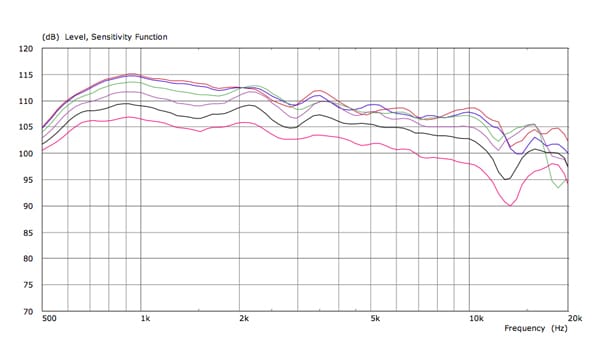Non-coaxial two-way monitors can suffer from uneven frequency response as the artist moves off-axis because the outputs of the LF and HF sections interfere with each other, causing cancellations off-axis, depending on the listening position. This is most noticeable close to the monitor in the all-important crossover region — which lies right in the middle of the vocal band.
In contrast, coaxial monitors can achieve ‘point-source’ summation of the LF and HF sections at all positions off-axis, even close-up. And, in terms of important practicalities, coaxial designs remove the need for left and right-handed versions and are inherently very compact.

Up to now, a significant disadvantage of conventional coaxial devices has been high frequency beaming — where the high frequency dispersion reduces as the frequency increases. This is primarily because conventional coaxial devices channel high frequencies through a narrow tube in the pole-piece of the magnet system. LE Series coaxial drivers overcome this by incorporating an innovative static waveguide that merges seamlessly with the unique cone shape — maintaining the dispersion pattern out to very high frequencies.
